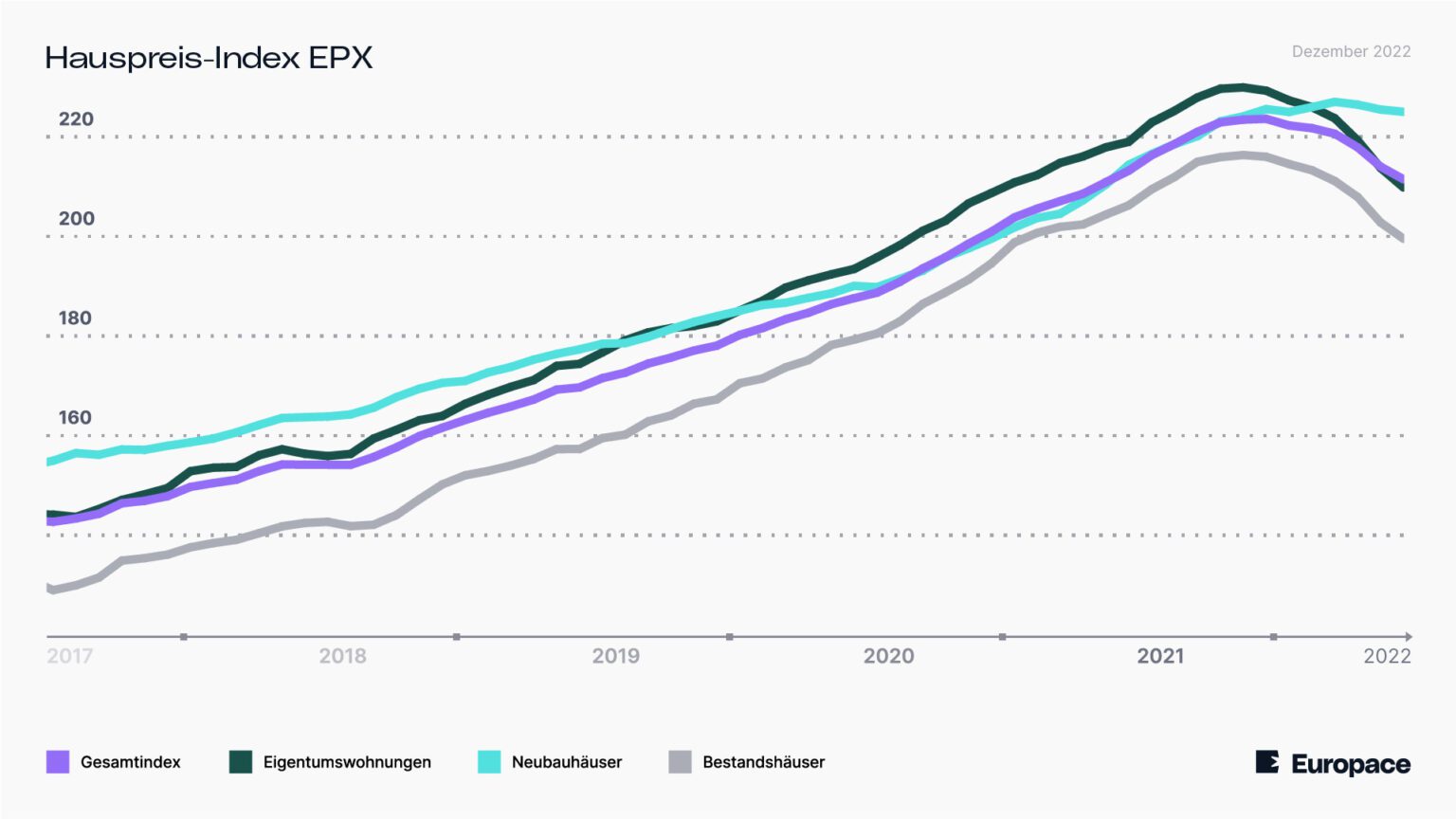Fungal Growth Media Essentials
페이지 정보
작성자 Albertha 댓글 0건 조회 2회 작성일 25-05-24 06:06본문

Types of Fungal Growth Media
Fungal growth media can be broadly categorized into solid and liquid types. Solid media are composed of inorganic salts, sugars, and other nutrients that support the growth of fungi on solid surfaces. Examples of solid media include glucose agar. These media are often used by researchers and industrialists.
Liquid media, on the other hand, are used for the cultivation of fungi in liquid environments. Examples of liquid media include malt extract broth. These media are often used for the large-scale cultivation of fungi.
Characteristics of Fungal Growth Media
The characteristics of fungal growth media vary depending on the specific application. Some key characteristics include:
- pH: Fungi generally grow best in a pH range of 5-8.
- Nutrient content: Fungi require a wide range of nutrients including sugars, amino acids, and inorganic salts.
- Temperature: Fungi grow best at temperatures between 10-25°C.
- Inhibitors: Some fungal growth media may contain inhibitors to prevent the growth of contaminants.
Selecting the right fungal growth medium is crucial to promote healthy fungal cultures. The following criteria should be considered when selecting a growth medium:
- Specificity: The growth medium should be specific to the type of fungus being cultivated.
- Nutritional content: The growth medium should provide the necessary nutrients for fungal growth.
- pH and temperature range: The growth medium should be compatible with the pH and sporenspritze deutschland temperature range required for fungal growth.
- Availability: The growth medium should be readily available and affordable.
- Sterility: The growth medium should be sterilizable to prevent contamination.
The preparation of fungal growth media involves several steps, including:
- Weighing and mixing the ingredients.
- Sterilizing the medium.
- Filling the medium into petri dishes or other containers.
- Incubating the medium at the optimal temperature and humidity level.
Fungal growth media can be obtained from various sources, including:
- Laboratory suppliers: Many laboratory suppliers provide a range of fungal growth media for scientific research.
- Industrial suppliers: Industrial suppliers provide fungal growth media for biofuel production.
- Self-preparation: Fungal growth media can be prepared using specialized equipment.
Troubleshooting fungal growth media involves identifying and addressing issues related to fungal growth patterns. Some common issues include:
- Low productivity: Fungal growth may be limited due to nutrient deficiency or inadequate nutrient supply.
- Contamination: Contaminants such as bacteria and yeast.
- Fungal growth patterns: Fungal growth patterns may be abnormal due to nutrient deficiency or poor growing conditions.
Fungal growth media are essential components in scientific research. Choosing the right growth medium is crucial for successful fungal growth and development. By considering the characteristics and selection criteria of fungal growth media, researchers and industrialists can select the right media for their specific needs. With proper preparation and troubleshooting steps, fungal growth media can facilitate the successful cultivation of fungi.
댓글목록
등록된 댓글이 없습니다.